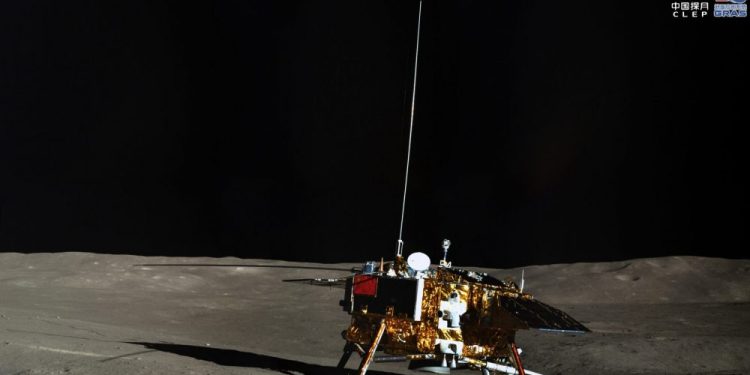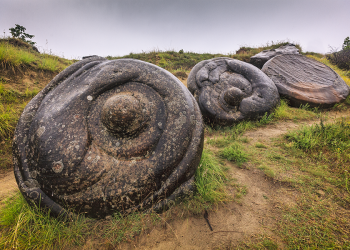On December 7, 2018, the Long March 3B space rocket took off from the Chinese Xichang Cosmodrome. Onboard was the landing craft for the Chang’e 4 mission – the first space mission to the far side of the moon.
Just as a reminder, I would like to mention that on December 21 we will mark the 52nd anniversary of the launch of the Apollo 8 spacecraft with astronauts Frank Bormann, Jim Lovell, and William Anders. At Christmas 1968, the three became the first Earthlings to see the other side of the moon with their own eyes as their ship orbited it.

Unfortunately, for the next five decades, no one was able to land on this side, which is invisible to the human eye. All subsequent Apollo missions, as well as Soviet automatic lunar stations, made landings on the visible side of our natural satellite. The reason we have neglected the other side for so long is simple – any lander would be out of radio range.
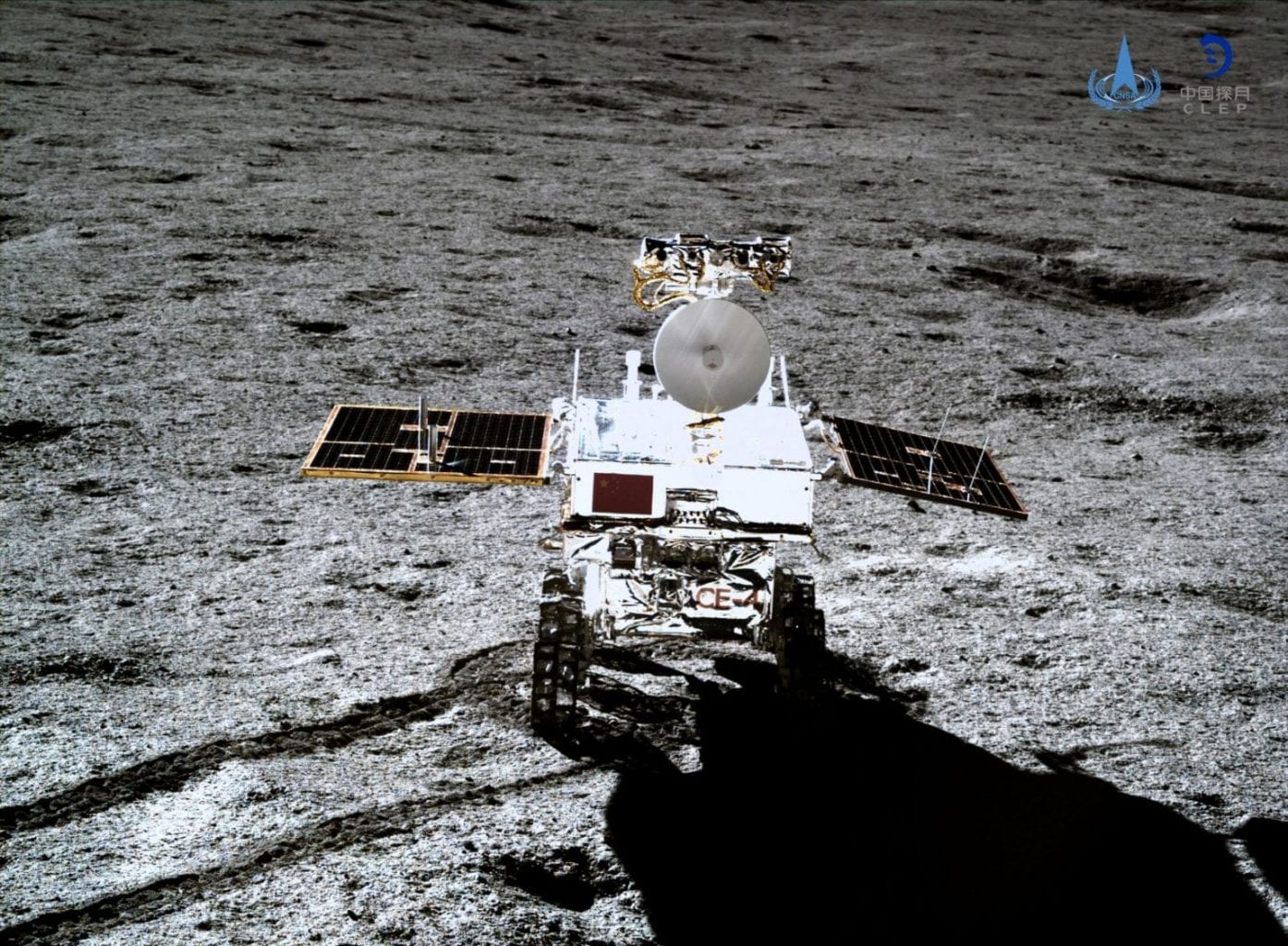
That was until the Chinese Chang’e 4 mission landed on the far side of the Moon on January 3, 2019. By itself, it was a tremendous success, especially for the China National Space Administration, which has been growing and improving for the last 10-15 years.
However, we can’t help but share the fact that Chinese scientists have outdone themselves in the construction of the Yutu-2 Rover.
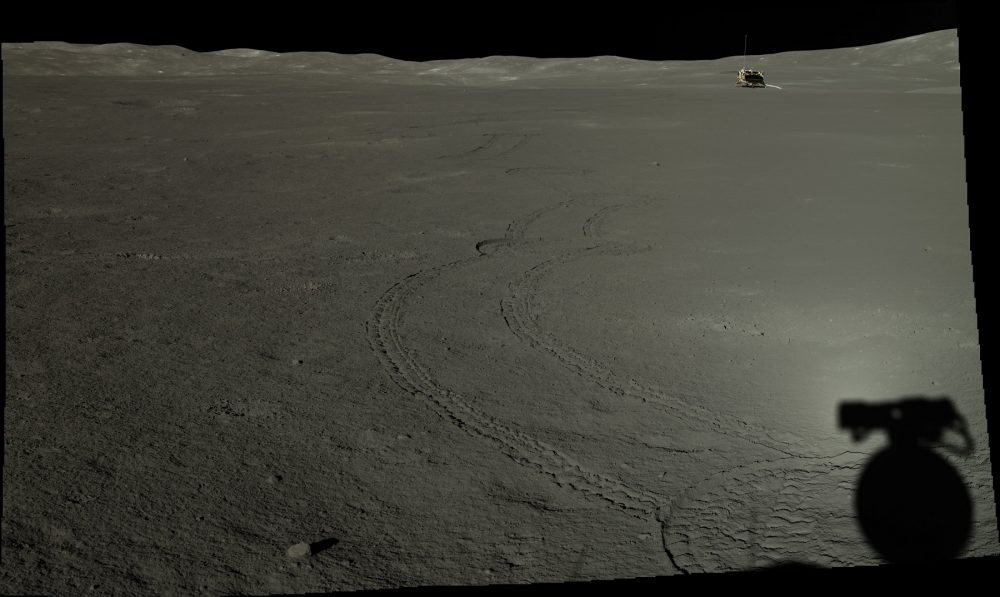
According to the original plans for the mission, it was to last no more than a year and 3 months. In other words, they gave so much life to the rover. However, the miracle of Chinese technology continues its mission almost two years later and at this time there are no indications that the mission is expected to end soon.

Hardly anyone expected Chang’e 4 to continue exploring the far side of the moon and even outlive the next mission of the program – Chang’e 5, which by the way is now officially the first successful mission to the surface of the moon and back in 44 years.
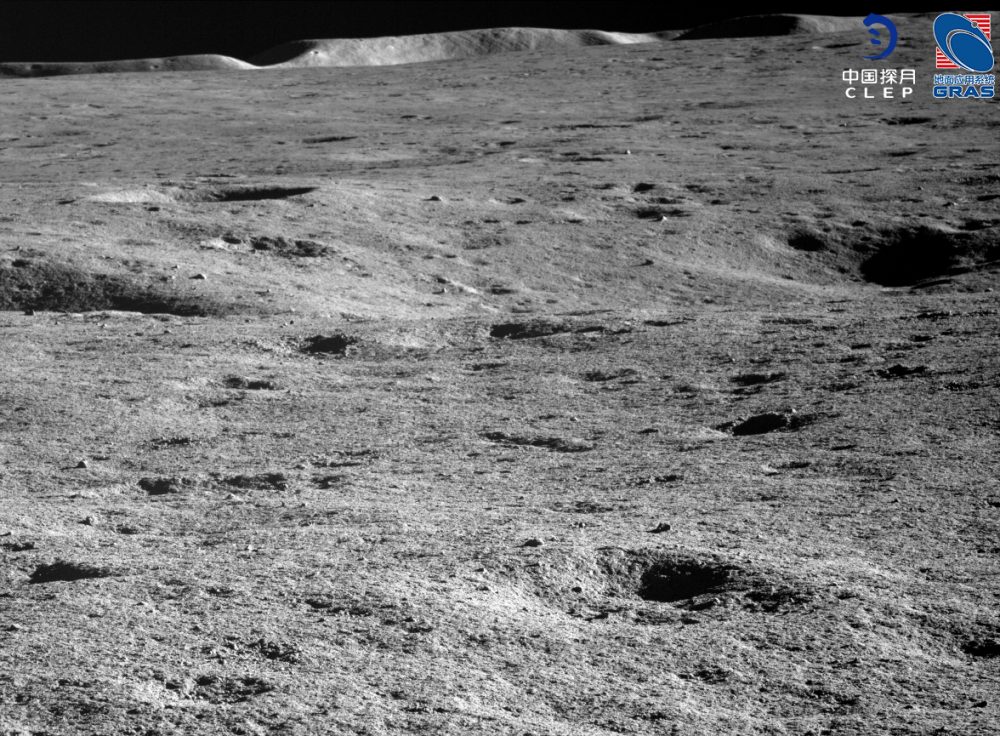
Currently, the Yutu-2 rover should have started its 25th day on the lunar surface. If you are unaware of the specifics of the day and night on the Moon, let me explain.
The Chinese rover works in 14-day shifts meaning that it operates for two weeks and then it rests for the same amount of time. This is why I’m saying that it should have begun its 25th day on the Moon and not the 713th, for example.
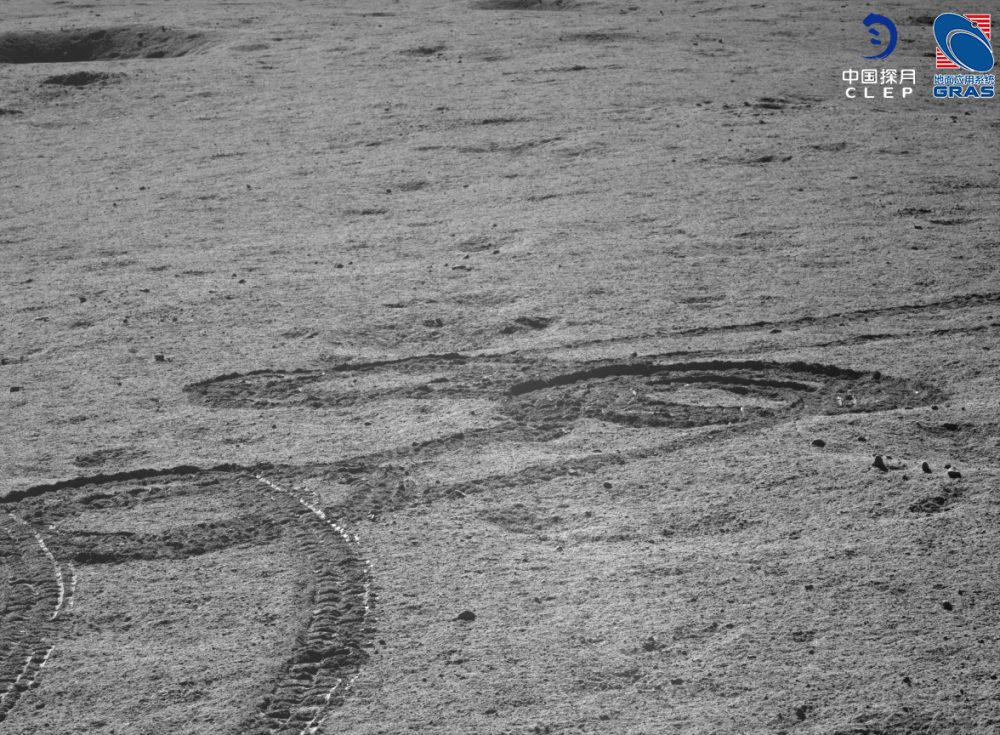
Both a day and a night on the Moon continue for 14 days each. Logically, Yutu-2 only operates during daytime while “at night”, it transmits new data and images back to Earth.
However, no information has been released about the previous lunar day although Yutu-2 was sent towards a specific rock target of interest. We also have not received any new images, unlike on previous occasions.
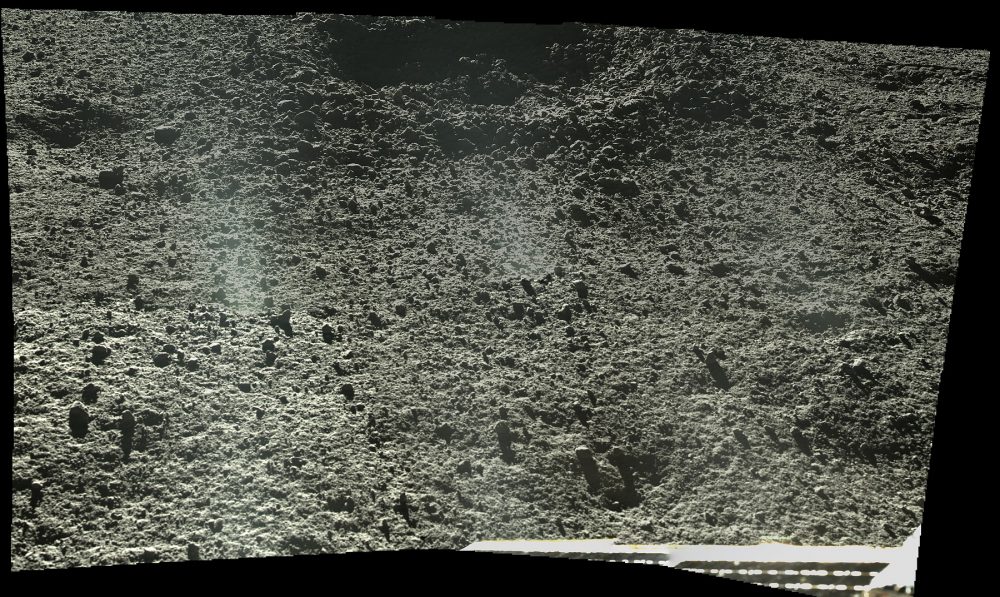
Nevertheless, the Chang’e 4 mission to the far side of the Moon continues long after it should have ended which is indisputable evidence of the consistency and hard work of the Chinese agency. Now that Chang’e 5 is also over and 100% successful, we know that the agency is already in the making of the two next missions to the Moon – Chang’e 6 and 7.
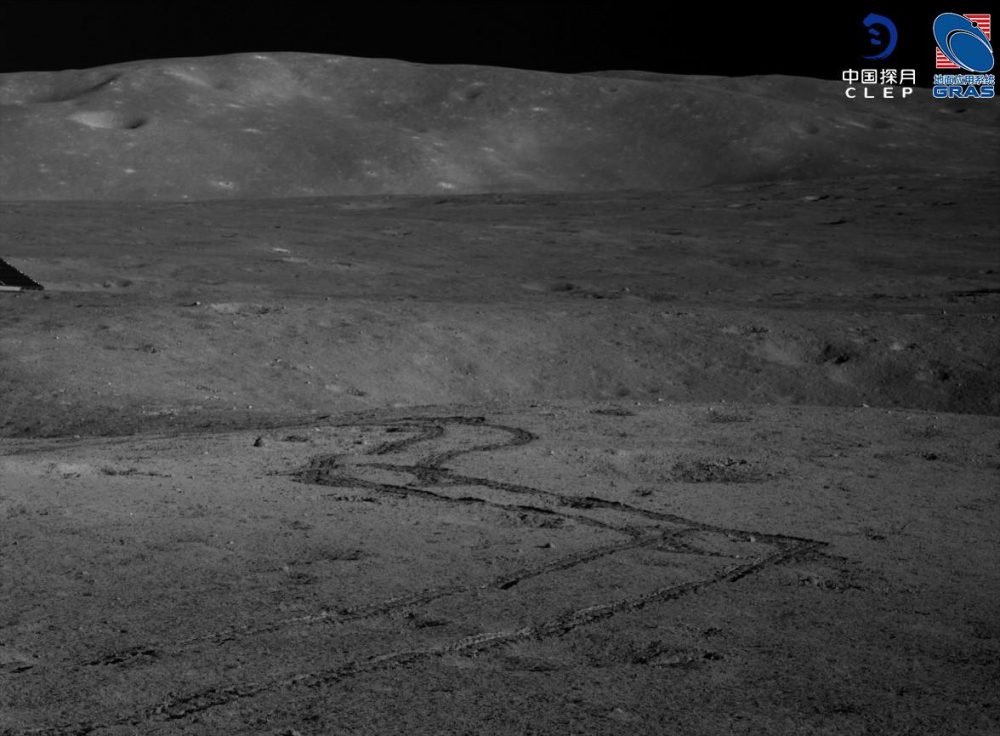
Interest in the Moon is finally back after decades of decline and the Chinese agency plans to send manned missions there by the end of the decade. Before this can happen, however, Chang’e 6 and 7 will have to lay the foundations of a small research station near the planned landing site.
-min-1043x1024.jpg)
Information is limited at this point but for now, I believe this is the most logical sequence of missions and I truly hope that the Chinese will succeed in sending a man or a woman to the Moon.
Join the discussion and participate in awesome giveaways in our mobile Telegram group. Join Curiosmos on Telegram Today. t.me/Curiosmos
Sources:
• European Space Agency. (n.d.). Chang’e-4 far side Moon-landing Mission of China.
• Greshko, M. (2019, January 03). China just landed on the far side of the moon: What comes next?
• Planetary. (n.d.). Chang’e-4.
• 马驰. (n.d.). Yutu 2 rover still operating on far side of moon.



